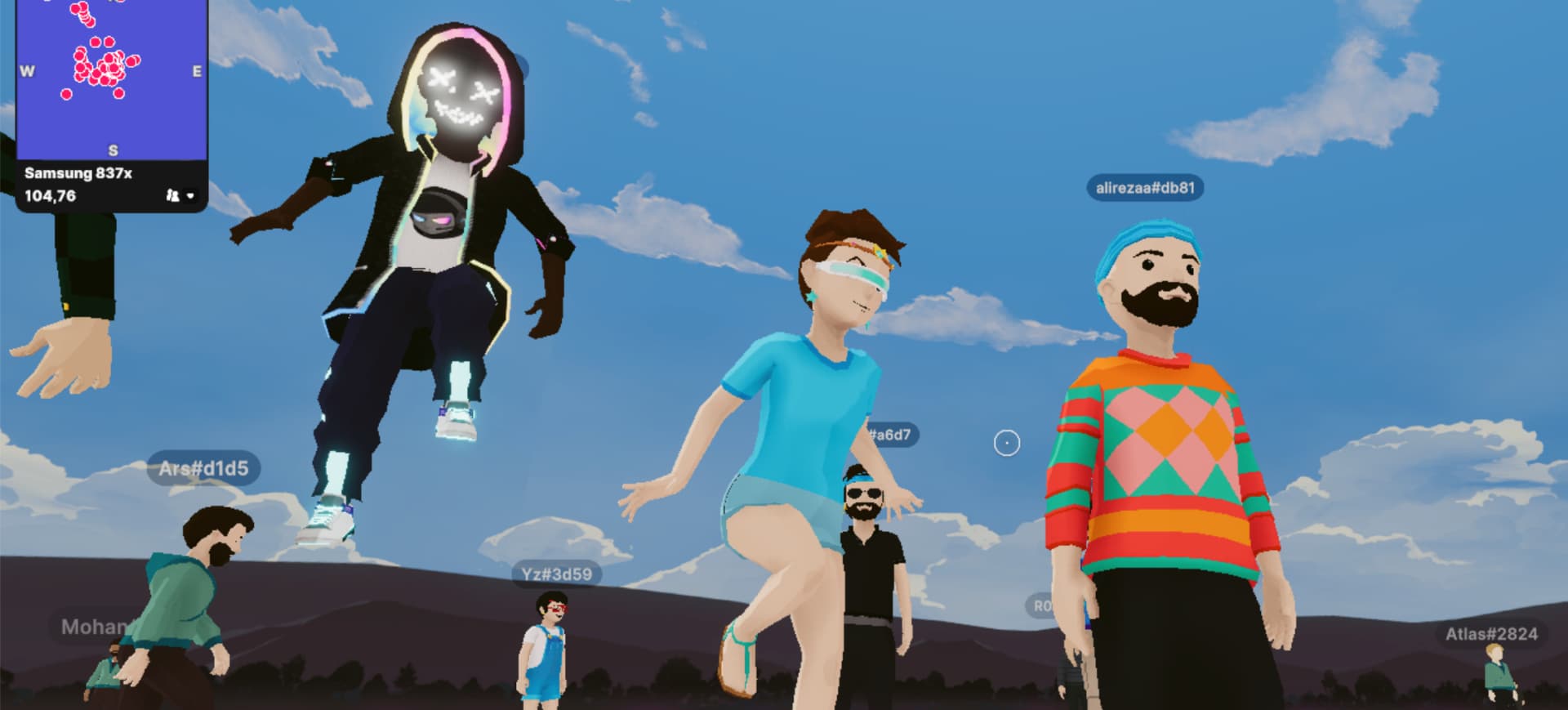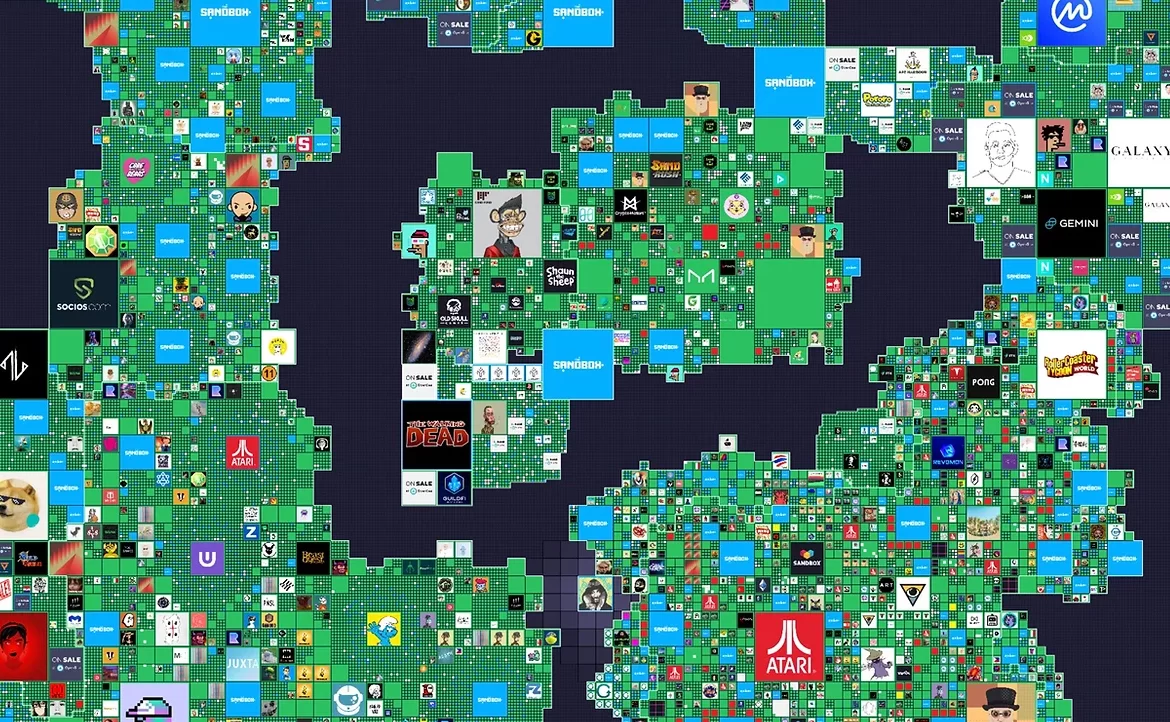
Since the metaverse became part of the plans of large tech companies, almost every line of business has launched one or another launch idea with the term. The proliferation of ideas with the concept leaves out another technology, older but no less important, virtual reality (VR). Both one and the other are similar in the possibility of using VR glasses and peripherals to control an avatar. But what are the differences between metaverse and virtual reality?
Professor Eliane Schlemmer, who coordinates a search group international in immersive environments for education, has been in the metaverse since the 90s. “It is very important to remember that it is not because Mark Zuckerberg announced the change of name of his company that interest in the concept started to exist”, says the professor at Unisinos. (University of Vale do Rio dos Sinos – RS).
Metaverse – Image: Niantic
According to the expert, the concept differs from VR and AR (augmented reality) in three main aspects.
1) physical approach: virtual reality focuses on a more physical approach. It’s about interacting with items and spaces, rendered in three dimensions. The metaverse does not necessarily have these characteristics.
two) Focus on social content and meaning: the metaverse is focused on interacting with content and participants, even if they are NPCs (non-playable characters). This is not the case with VR, which does not need to have these elements.
3) scalable environment: the metaverse has an environment that can be scaled to accommodate a greater number of people and reinforce its social significance. Virtual reality is an isolated context, a moment in space.
To further understand these differences, Schlemmer recalls the historical context of the concept. It is a term composed of two words: meta which means “beyond” or “transcendence” and verse, which is short for universe. The idea dates back to the 1990s, associated with the cyberpunk science fiction genre, which had William Gibson as one of its greatest authors. However, the term itself was coined in 1992 with Neal Stephenson in the postmodern science fiction novel Snow Crash.

Paris Hilton in the metaverse – (Image: Genie)
The metaverse creature by its creator
In Snow Crash, the term is used to designate a virtual, fictional digital world in which human beings then interact with each other through avatars in 3D space. “So this concept, as well as the platforms, have existed for more than three decades”, emphasizes Eliane. “Back in the late 1980s we already had platforms, this technology only gained prominence again with the billionaire Meta announcement, followed by other companies”.
Metaverse creator Stephenson commented on the return of the term and Facebook’s move to Meta. For the author, the way Zuckerberg’s company will monetize the technology will make all the difference.
For Stephenson it is “flattering when companies invest time and money to put ideas into practice”. While he hasn’t had any conversations with Zuckerberg or Facebook employees about the metaverse concept, Stephenson sees in the company’s movement some concepts that were anticipated in his book.

NFT Sandbox Metaverse Map – Image: reproduction
“Since the beginning of science fiction, writers have been credited with inspiring real inventions, so this is not unique and singular,” says Stephenson. “I knew it could happen, but I didn’t expect it to happen,” she adds.
Asked if he would change anything about the metaverse concept, Stephenson sent a warning to Facebook. “What is being built [pela Meta] it is different from the book, especially in terms of financial collection”, points out the author. “How the system will make money is very important, more than anything, because the technical functionality depends on it,” he warns.



